Google is an amazing place to find resources about front-end development, the problem is, what do I need to learn?
Here’s a full Frontend developer Roadmap, with 15+ FREE resources, to kickstart your career and start monetizing your development skills.
You will start from the fundamentals of programming, learning what a variable is and how data is stored. You will then move towards building your first web page, adding some interactivity with JavaScript and styling with CSS.
At the end of this Roadmap you’ll be able to fully create a small to medium front-end application using the latest JavaScript frameworks and CSS Preprocessors.
We won’t go through backend development in this article, but you can read The Ultimate Roadmap to Backend development here.
Ready? Let’s start with the fundamentals of Computer Science.
1. There’s No Front End Without Fundamentals

Before JavaScript and front-end frameworks, you’ll need to master the fundamentals of Computer Science.
Learning what a function is, how your code is interpreted, and how data is handled, will tremendously speed up your understanding of programming languages while building the basics of your web development journey.
To start, I suggest you take a look at:
Fundamentals of Computer Science, a Free course published by Harvard itself.
2. Before Front-End: Learn How the Web Works

It’s key for a Front-end developer to understand what HTTP or DNS means, what is a Cookie, or how a browser is able to display a website on a screen.
You’ll have to communicate with APIs, handle, send and receive data: better be prepared.
Learn how the web works — A primer for newcomers to web development.
3. Front-end Developer Roadmap – Learn HTML and CSS

Everything started with HTML, then someone thought of making things “cool” and created CSS.
Learn how to create your first web page with HTML and how to style elements, giving them the look you like, using CSS.
A 300+ hours free course by freecodecamp.com, the best place to kickstart your front-end developer career in 2022.
4. Develop a Portfolio to Showcase your Frontend Projects.

To retain notions you need to practice, and you can practice by developing stuff. Better if this “stuff” serves you towards your goal of becoming a successful front-end developer.
When you contact a potential customer, or when someone contacts you for a job, the first thing you’ll be asked for is your portfolio where your best projects are showcased.
Just by knowing the fundamentals of HTML and CSS, you’ll be able to move your first steps towards the creation of your portfolio, setting up the main visual architecture and brand identity.
We will add some interactivity later on with JavaScript, but in the meantime:
Here’s a step-by-step guide on how to create a plain HTML and CSS portfolio.
Once created, you’ll need a place to store your code, and you will realize soon that your local harddrive is not the best place. Programmers and companies, usually use a thing called GIT. Sounds familiar? Let’s see what this is.
5. Do Not Lose Your Work — Learn Git.

Knowing version control is not optional.
There is a myriad of version control systems out there, like:
What is common to all of them, is GIT:
A free and open-source distributed version control system designed to handle everything from small to very large projects with speed and efficiency.
Simply put, GIT alone is a local history of file changes in a folder, that will help you:
- Keep track of your code.
- Back up your code.
- Avoid disastrous consequences due to unwanted changes.
- Collaborate with teammates and other people, seamlessly.
Learn GIT in this crash course on YouTube.
It’s time to add some interactivity to your projects, and JavaScript is the right tool.
6. Add Interactivity to Your Front-End — Learn JavaScript

JavaScript with its frameworks, powers essentially any front-end that needs to have some degree of interactivity or data handling like:
- A form,
- pop-up,
- Twitter’s feed.
Learning it in 2022 is one of the best investments you can make as a web developer, as it opens thousands of job opportunities as a front-end developer.
Developer Interactive websites with this free JavaScript Introduction course.
Of course, you need to provide your Users with the best and most fluid experience possible. To do so, you need to optimize your code.
7. Optimize Your Code: Learn Algorithms and Data Structures
Being a good developer means a lot of things: one of those is knowing your tools.
Having a good understanding of algorithms and data structures, understanding the differences between a list, a queue, and a stack, knowing how a sorting algorithm works, is key to write more optimized and cleaner code.
Freecodecamp offers a free 300+hrs certified JavaScript course, that also goes through the fundamentals of Algorithms and Data Structures.
Great! Now that you’re moving your first steps towards becoming a front-end developer, it’s time to learn how to communicate with the external world, using HTTP and APIs.
8. Connect Your Front-End — Learn about APIs
As a front-end developer, you will have to find a way to communicate with the guys in the backend room, to exchange data or verify a user.
To do so, you’ll probably use some APIs and HTTP, but what is an API, how do I send and receive data from it?
Learn what an API is on YouTube.
Learn how to fetch data from an API in JavaScript.
9. To learn Front-End development You Need to Make Front-Ends
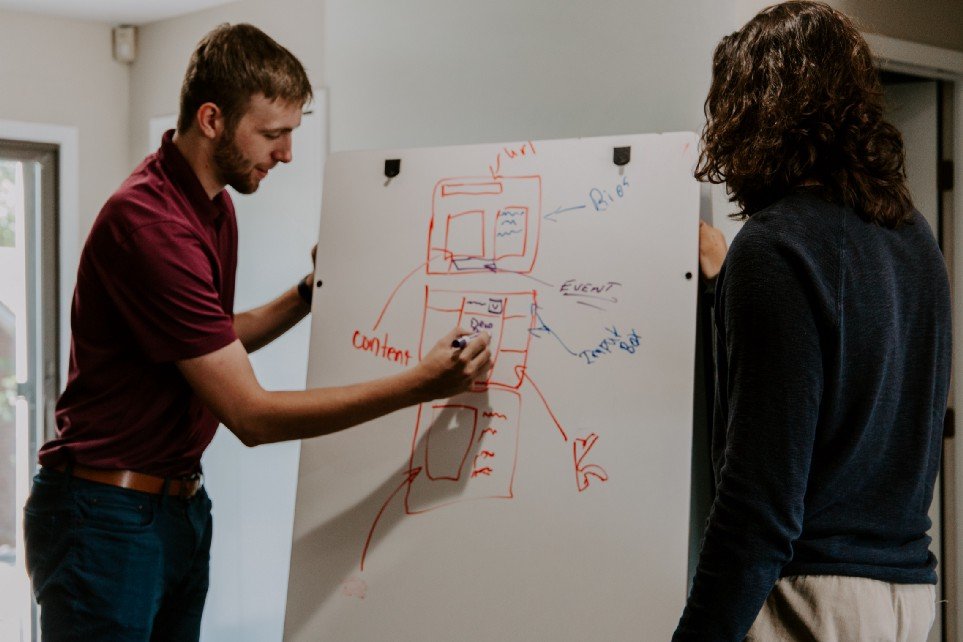
As said before: learn by doing is key.
Now that you’ve learned JavaScript, is time to develop some fully-fledged front-end applications.
Try to create:
- A To-do application,
- Signup form,
- Pricing component,
- Landing page.
To test how HTML, CSS, and vanilla JavaScript work together in a real-world front-end application.
Here’s an amazing tutorial on how to build your To-do app front end.
And here are 16 front-end projects inspirations to lit your creativity.
What vanilla JavaScript means?
When you read “vanilla JavaScript” you should intend this as JavaScript used without any framework (React, Vue, etc.)
How do I choose the right front-end project to develop?
It really depends on your goals:
Do you want to develop web apps? Develop a Netflix clone.
Do you want to develop SaaS? Develop a subscription-based tool.
Do you want to develop landing pages? Create a landing page. Be relevant.
10. Speed up Front End Development — Learn a JavaScript Framework

Although vanilla JavaScript is able to create completely working front-ends, it is not scalable and doesn’t bring you those ready to use tools that frameworks and libraries such as:
Might bring to your development. Picking a JavaScript front-end framework will also tremendously skyrocket your job opportunities.
Be aware though, you should spend enough time on building vanilla JavaScript projects before moving to a framework, otherwise, you might lose many fundamental concepts of front-end development.
Choose your framework based on your preferences and your country’s demand.
11. Learn: React Frontend Development
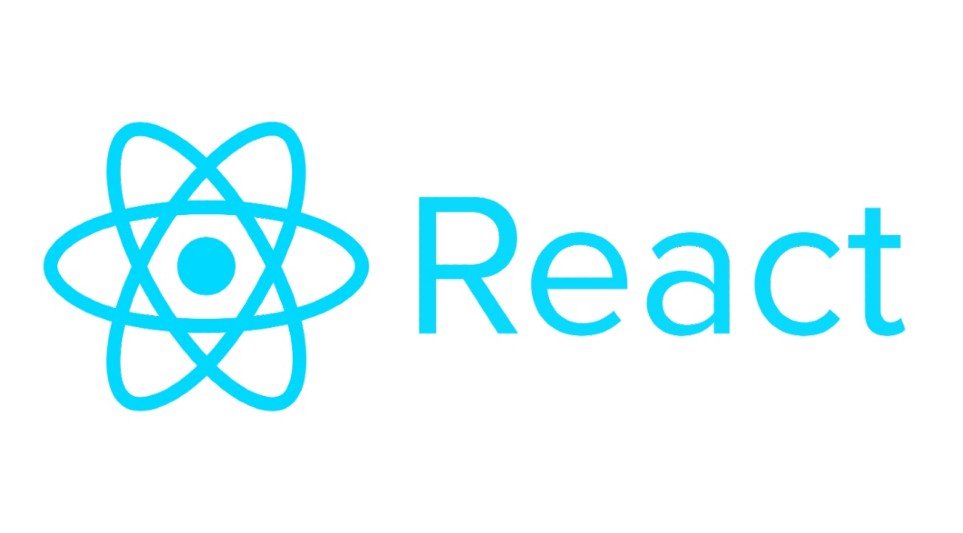
React is an amazing open-source framework that makes it painless to create interactive UIs. Released by Facebook in 2013, has become highly popular because of its simplicity and flexibility.
React is powering more than 100k websites
Here’s an amazing playlist by the net ninja to kickstart your React journey.
12. Learn: Vue.js Frontend Development
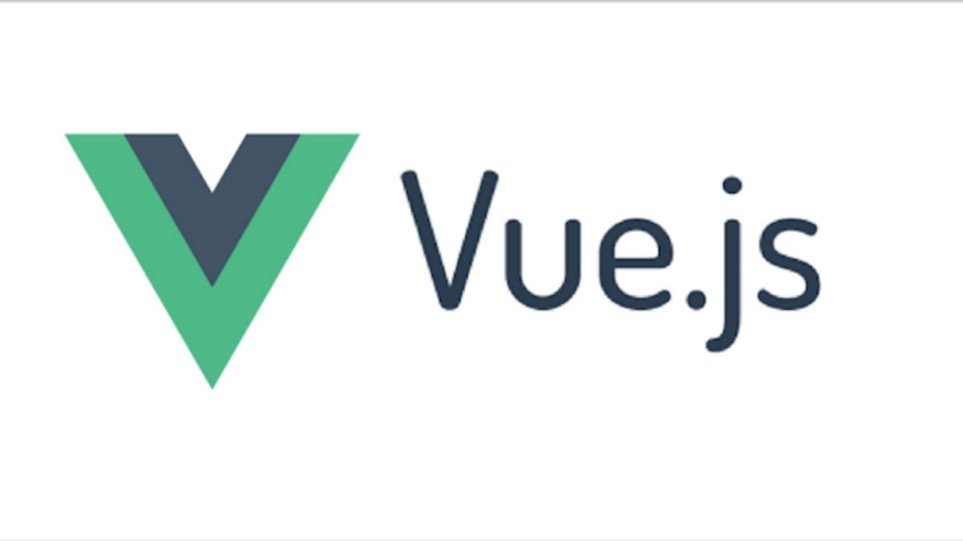
Vue (pronounced /vjuː/, like view) is a progressive framework for building user interfaces.
Its roadmap is similar to React, with great documentation, and easy to learn if already experienced with vanilla JavaScript and entry-level Front End development.
Learn Vue in this amazing crash course by Traversy media.
13. Learn: Svelte Frontend Development

Svelte has a new approach to building user interfaces.
Whereas frameworks like React and Vue do the bulk of their work in the browser, Svelte shifts that work into a compile step that happens when you build your app.
Learn Svelte with its official free tutorials.
14. Improve Your Front End Styling Workflow
Learn a CSS preprocessor.
A CSS preprocessor is a program that lets you generate CSS from the preprocessor’s own unique syntax. There are many CSS preprocessors to choose from, however, all of them will add some features that don’t exist in pure CSS, such as:
- Mixin
- Nesting selector
- Inheritance selector, and so on.
Sass is considered to be the best CSS Preprocessor for front-end development.
15. Learn Sass to Style your Front-End
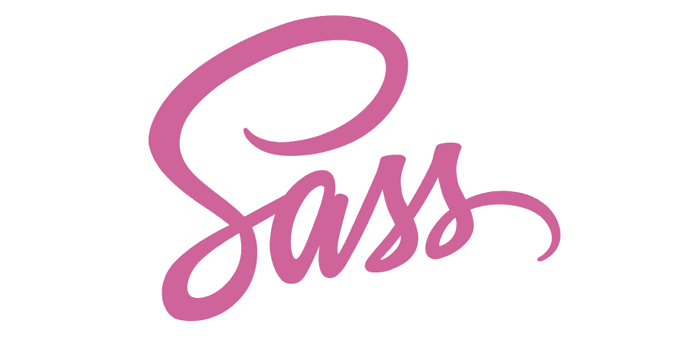
CSS with superpowers.
Sass is the acronym for “Syntactically Awesome Style Sheets”. Sass is not only the most popular CSS Preprocessor in the world but also one of the oldest, launched in 2006 by Hampton Catlin and later developed by Natalie Weizenbaum.
Learn Sass in this Free course, again, with freecodecamp.org
Conclusions
Becoming a front-end developer in 2021 and entering the IT world, it’s the best investment you can make.
Remember that a self-made project is worth tens of projects made by following a tutorial. In this roadmap, I’ve listed the best free resources I’ve found while learning Front-end development.
Showcase your project appropriately in your portfolio, this will be the first thing your customers will look at!


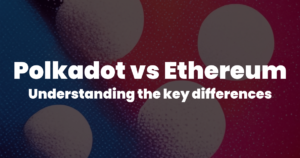

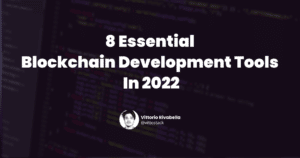




16 Responses
Hey geek. You’re the best. You deserve the very best always. Keep up the spirit of enlightening others. Personally you’ve been of great help as I kickstart my career journey . VIVA Vitto!!
Thank you so much, Benedict, great to know you’re finding value out of my content!
Keep me posted on your front-end development journey!
Great Work Vitto! Definitely gonna be using this information to get deeper in the game 😁🙏🔥💯
Glad to hear that Josh! Keep me updated on your progress as a front-end developer!
Keep up the good work Vitto. A lot of valuable information.
Thank you so much Sagar!
Hello Vittorio,
It is am amazing article for a beginner or intermediate front-end developer. I really like this blog. I became follower of you.
Hope to see more good blog like this in future.
By the way my current role is LWC(lightning Web component) developer in salesforce ecosystem. Planning to move full fledged full-stack development in upcoming days.
Thanks a lot again for this informative and useful article.
This sounds like a solid plan Ronit! If there’s anything I can share to help your journey, feel free to reach me out on Twitter
This is the best roadmap I’ve come across. Thanks for sharing Vitto, this is very helpful to me.
Boom! Thank you Eke!
Hello Vittorio,
Thank you so much for your content.
Genevieve A.
Thank you so much Genevieve!
I am not able to write even simple logic for my projects, what should I do??
Plz help me:…
Start from the basics, step by step, keep on practicing and build projects.
It will take time, but you’ll eventually succeed.
Keep on practicing, develop projects, solve problems, write a lot of code.
You’ll build knowledge with time.
Learning how to code takes time and consistency over a very long period.